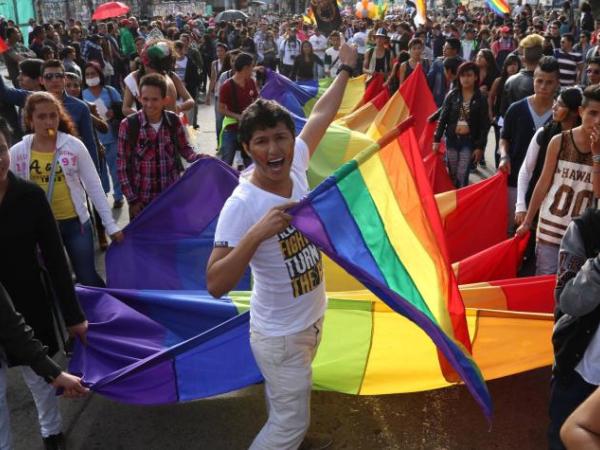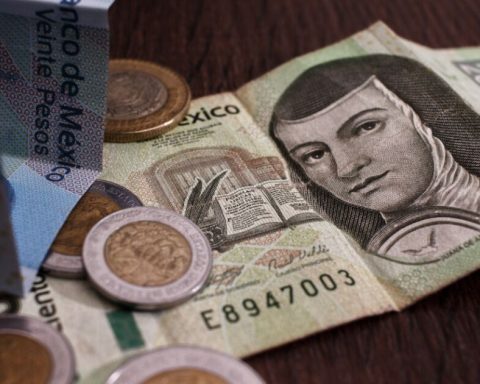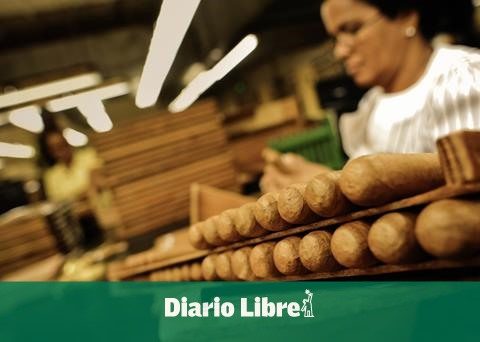HAVANA, Cuba.- Each 23 of March the Cuban regime commemorates the victory of its troops in 1988 in the battle of Cuito Cuanavale. But, in reality, this battle, which lasted almost seven months and decided the course of the war that Cuba waged in Angola for 14 years, did not end on March 23, 1988, but lasted until the end of July, when South Africa withdrew from southern Angola.
What happened on March 23 and 24, 1988 was that the Cuban forces, through devastating air attacks from their Migs 23, managed to repel the South African onslaught against Cuito Cuanavale, tilting the campaign in their favor, which until then had been disastrous.
At the end of 1987, before the South African offensive in the south of Angola, Fidel Castro ordered the reinforcement of the Cuban troops and ordered them to consolidate a pocket of resistance in Cuito Cuanavale.
Fidel Castro assumed that the deployment of 500 Soviet T-54 and T-55 tanks against the 300 South African Leopard tanks should tip the balance of forces in favor of the Cubans. But it did not turn out as he expected. For months Castro, who stubbornly directed the details of the campaign from his command post in Havana, only received bad news from the theater of military operations.
Cuito Cuanavale was about to become a mousetrap. It was not until the combats of March 23 and 24, 1988 that luck turned on the side of the Cuban forces.
In Cuba, at that time, the official media did not give details about the progress of the war in Angola. The little that we Cubans knew was what the returning soldiers and the relatives of those who died in combat had to say.
It took us many years before we began to know, in a vague and fragmented way, what really happened in Cuito Cuanavale. Fundamentally it has been through the book Cuba and Africa: common history of struggle and blood (Editorial Social Sciences, 2007); texts on the Angolan conflict compiled by Piero Gleijeses, an academic at Johns Hopkins University, and Cuban government officials Jorge Risquet and Fernando Remírez de Estenoz.
Official Cuba presents the resistance of its forces, locked up for several months in the defensive perimeter of Cuito Cuanavale, as a victory, which decided not only the war in Angola, but also the independence of Namibia and the end of apartheid in South Africa.
In the 35 years that have elapsed, the documents that have been declassified by the governments of South Africa and Cuba have put what happened in Cuito Cuanavale in a dimension that does not exactly coincide with the official Cuban version.
The South Africans did not intend to take Cuito Cuanavale, a small town in Cuando Cubango province, in southeast Angola. His interest was that his UNITA allies control the border with Namibia, to prevent attacks by SWAPO guerrillas, which was supported by Cuba and the Angolan government.
Cuito Cuanavale became important for the South Africans in August 1987, when from there the FAPLA, under the direction of the Soviet General Konstantinov and with the support of the Cuban aviation, launched an offensive on the Lomba River to expel UNITA from its strongholds. at Jamba and Mavinga. It was to stop that offensive that the South African army came to the aid of the UNITA guerrillas.
The Cuban version has exaggerated the magnitude of the South African forces it faced at Cuito Cuanavale. The Cubans vastly outnumbered the South Africans in number of tanks and soldiers. South Africa employed 9,000 soldiers, 300 tanks, and 600 artillery pieces. The Cuban side had 500 tanks and 50,000 soldiers, in addition to the FAPLA troops, who outnumbered the South Africans four to one.
The 61st Mechanized Battalion, with several Leopard tanks and 55 Ratel armored vehicles, was the only conventional unit of the South African Army to take part in the campaign. The weight of the infantry fell on Battalion 32, made up of Angolans from Holden Roberto’s former National Liberation Front of Angola (FNLA) guerrilla, who were commanded by South African officers.
The South Africans were ahead of the Cubans only in artillery. The Cubans, with their Mig 23s, had the advantage in the air, but the South African artillery managed to destroy the Cuito Cuanavale airport, and the Cuban planes were forced to carry out their missions from a base 175 kilometers to the west.
The losses on both sides are not a good indicator of the great victory claimed by Cuba. The number of Cubans killed in Cuito Cuanavale has never been reported, but they should not have been few. Its FAPLA allies had 4,785 deaths. Meanwhile, the South Africans only had 31 deaths.
Cuban forces lost 94 tanks, hundreds of armored vehicles, and nine Mig 23s. South African losses were three tanks, 11 armored vehicles, and one Mirage.
As for the independence of Namibia, it was not achieved due to the push of the Cuban forces, which did not manage to approach more than 20 kilometers from the Namibia-Angola border, but rather due to the application of UN Resolution 435, which was one of the results of the peace agreements signed in New York, on December 22, 1988, by South Africa, Angola and Cuba, under the supervision of the Soviet Union and the United States.
The Cuban government, which was as desperate as that of South Africa to get out of the bloody quagmire that that long war had turned into 11,000 kilometers from its coasts, made as a condition in the negotiations that its troops be guaranteed an honorable withdrawal; a condition that is not usually demanded by a victorious army.
















